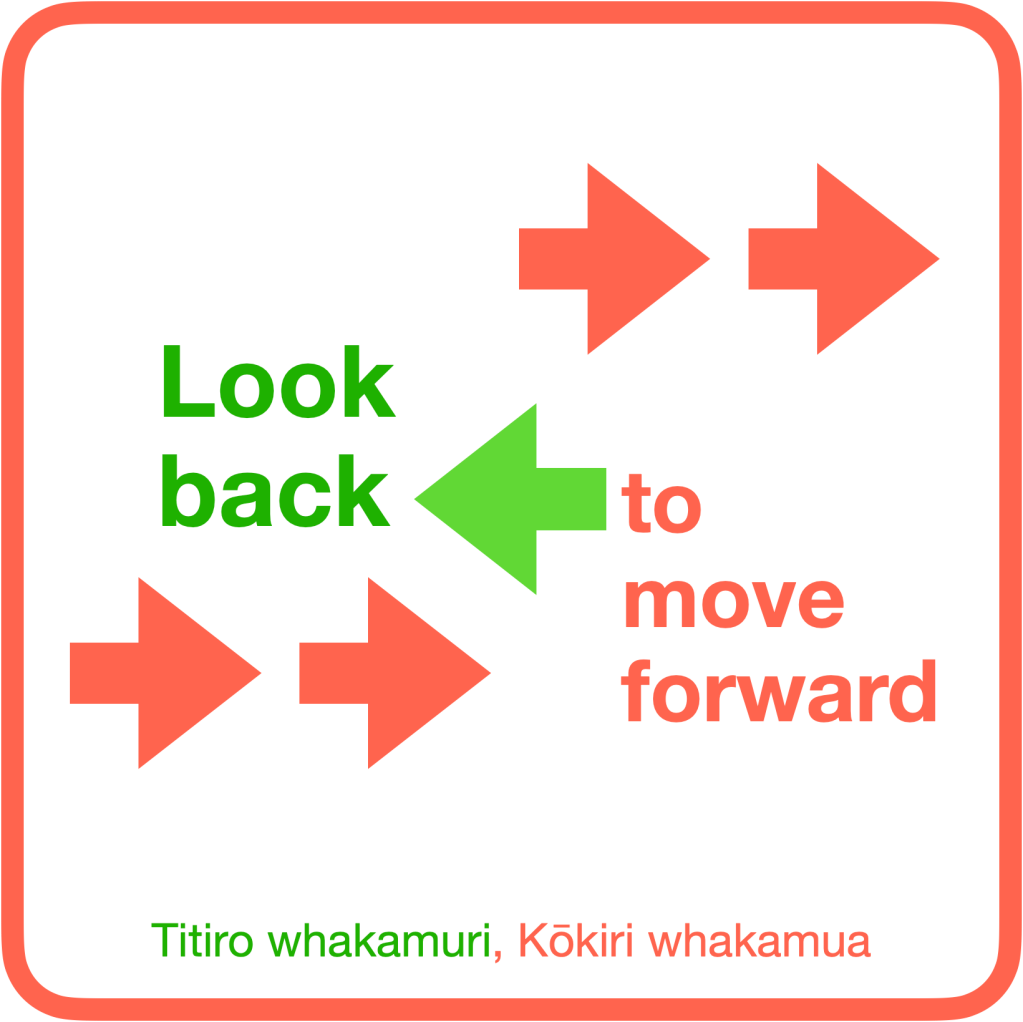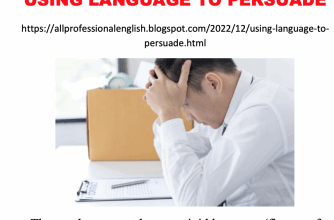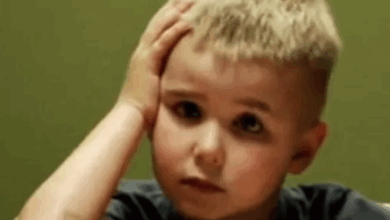Look back to move forward – EDUWELLS


Titiro whakamuri, Kōkiri whakamua. A common New Zealand Māori proverb to “Look back, to move forward. A proverb (Whakatauki) that makes sense to most who read it. To me, it is the essence of learning itself. We learn from our mistakes. If we are truely engaged in learning, we naturally review and reflect on our gaps and misunderstandings.
The question for teachers is how much time in an hour, a week, or a semester is dedicated to or planned for looking back. How much does the school day demand students move forward to complete the work, finish the topic, have it graded and move on to the next unit of work? How much is classroom activity focused on learning (looking back) and how much on production for ranking/judgement (moving forward regardless)?
Not in the name of Learning
As I have written about before, the truth is that schools were not structured for learning. They were knowingly structured for ranking and judgement. If one can’t keep up then schooling has done its job to mark one as inferior to others. The habits, mindsets, and routines teachers live by were normalised during decades of eugenic thinking. Eugenic beliefs were not just a Nazi thing and in fact were world-wide thinking that led schools to be designed as tools to confirm one’s fixed genetic capability limits.
Always busy?
Regardless of a current teacher’s personal beliefs, habits and ability to connect with students, the system that employs them is structured to continuously issue work in the name of judgement and not development. True learning is a slow contemplatory process and yet schools are ‘busy’ places with little time for teachers or students to contemplate. We are too busy being industrial and efficient, meeting the needs of the economy. How much can we cram into the day? What job do you think you’d like?, we ask.
The lack of looking back in schools is proof of their anti-learning design in the same way the randomness of the timetabling of siloed subjects is. It makes no sense to anyone that the best immediate preparation for an hour’s study of Romeo & Juliet, is a serious deep-dive into photosynthesis but schools do it anyway because any student output allows us to compare them regardless if it fails to help them learn.
Mastery
There is a word that all (conservative & progressive) teachers see as acceptable. That word is MASTERY. The challenge for the existing school systems is to develop habits, routines, and cultures that reflect mastery (learning). This means promoting standards and progressions but understanding that moving through these is personal and cannot be achieved in any one-size-fits-all setting. Yes, it means direct instruction but when appropriate to the individual and not at a scheduled time for a class.

I have never dabbled in Martial Arts myself but my daughter has and the realisation that they can loudly wear their progression level (belt colour) around their waste without anyone having an problem with that, displays proudly what a learning environment really looks like. The fact that schools would think it ridiculous that they could visibly label progression levels on students indicates clearly the purely judgemental and anti-learning culture in schools. Martial Arts instructors give direct instruction but also use the visible progression levels as learning tools, pairing up same and differnet belt levels for different learning purposes. No learner or parent has any concerns with this.
When it’s learning focused, mixed-ability and mixed-age become assets to the situation. I optimistically hope that the various ‘revolutions’ that are taking place outside education such as climate change, cost of living, and AI lead us naturally to realising schools have to remove themselves from hierarchical, eugenic, 20th century beliefs. In 2024, teachers are learning about the world’s complexity at the same time as the students. We need to value the human experience of learning and learn together.



